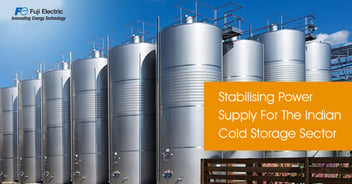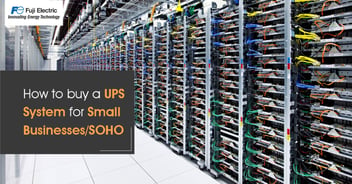A Practical Guide : Stepper and Servo Motors
Traditionally, the operational differences between stepper and servo motors were clear-cut. However, with motor control and construction advancements, the lines are starting to blur. Let's delve into the operational nuances of servo and stepper motors and explore how practical considerations influence this choice.
Servo Motor: Precision and Control
A servo motor is a vital component of a servo system, which includes a drive, a feedback device, and the motor itself. The drive converts AC power into DC voltage. In some cases, a simpler rectifier can suffice, controlled by external circuitry. This system relies on external devices for motor control functions like acceleration, PID tuning, and speed control. Intelligent drives can facilitate motion profile sharing, fault detection, and digital interfaces.
The feedback device in a servo system is crucial for precise control. It can be an absolute encoder or resolver, which outputs electrical signals corresponding to the motor's position. Resolvers, in particular, are known for their robustness. They work by changing the current measurement through two stator windings, with a rotating rotor being the only moving part.
Servo motors can be designed for AC or DC operation, requiring careful pairing with the drive. AC motors are preferred for constant-speed applications due to their minimal maintenance and ability to achieve high RPMs. DC motors, on the other hand, excel in variable-speed applications.
Stepper Motor: Simplicity and Torque
Stepper motors also require drives for motion control, which can range from simple pulse generators to intelligent drives. Some stepper systems operate in open-loop mode without direct feedback, suitable for applications with constant loads. However, a feedback device on the motor shaft becomes essential for dynamic loads or changing positioning requirements.
Stepper drives can vary in complexity, often powered by a 24VDC source. Intelligent drive systems simplify control complexities. Stepper motors offer high torque at low speeds, but excessive vibrations can occur at very low speeds, necessitating careful motor selection. Similarly, operation at high speeds, exceeding 1000rpm, can impact stepper motor performance.
Choosing Wisely
The decision between servo and stepper systems often concerns cost and application requirements. Servo systems have a higher price tag, nearly three times that of stepper systems. Therefore, it's vital not to rush the decision-making process.
If your application involves relatively constant loads and falls within a specific speed range, stepper systems can be cost-effective. Start by consulting the manufacturer's technical support literature for guidance. Additionally, if you have a support contract with a System Integrator (SI), their expertise can be invaluable in making the most cost-effective decision.
As technology evolves, the distinction between servo and stepper motors becomes less pronounced. Practical considerations, such as cost and application requirements, are significant in determining the best motor for your specific needs. Make an informed choice to optimize your industrial automation and robotics systems.
 China
China Europe
Europe France
France Hong Kong
Hong Kong Indonesia
Indonesia Japan
Japan Singapore
Singapore Thailand
Thailand USA
USA

